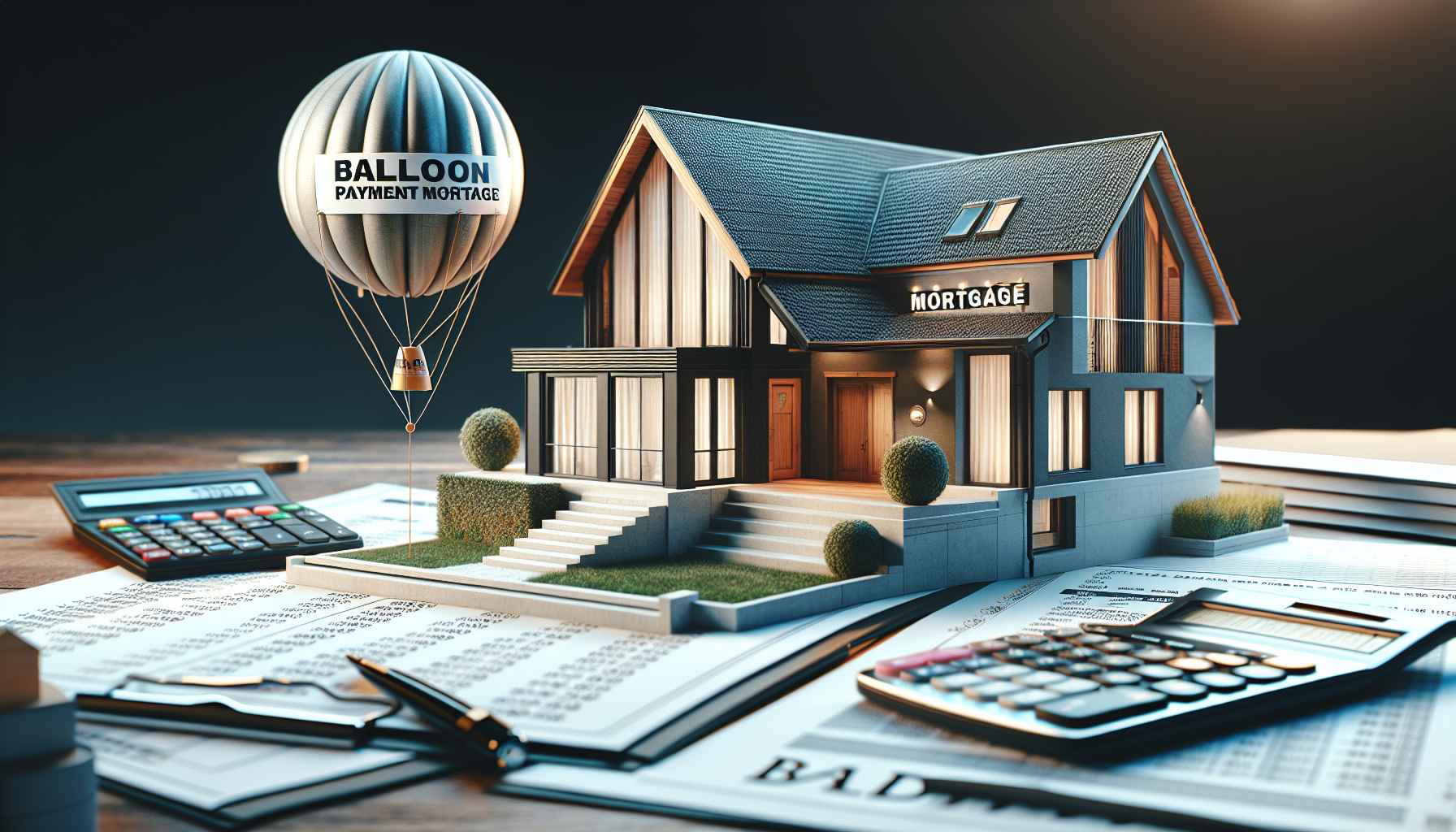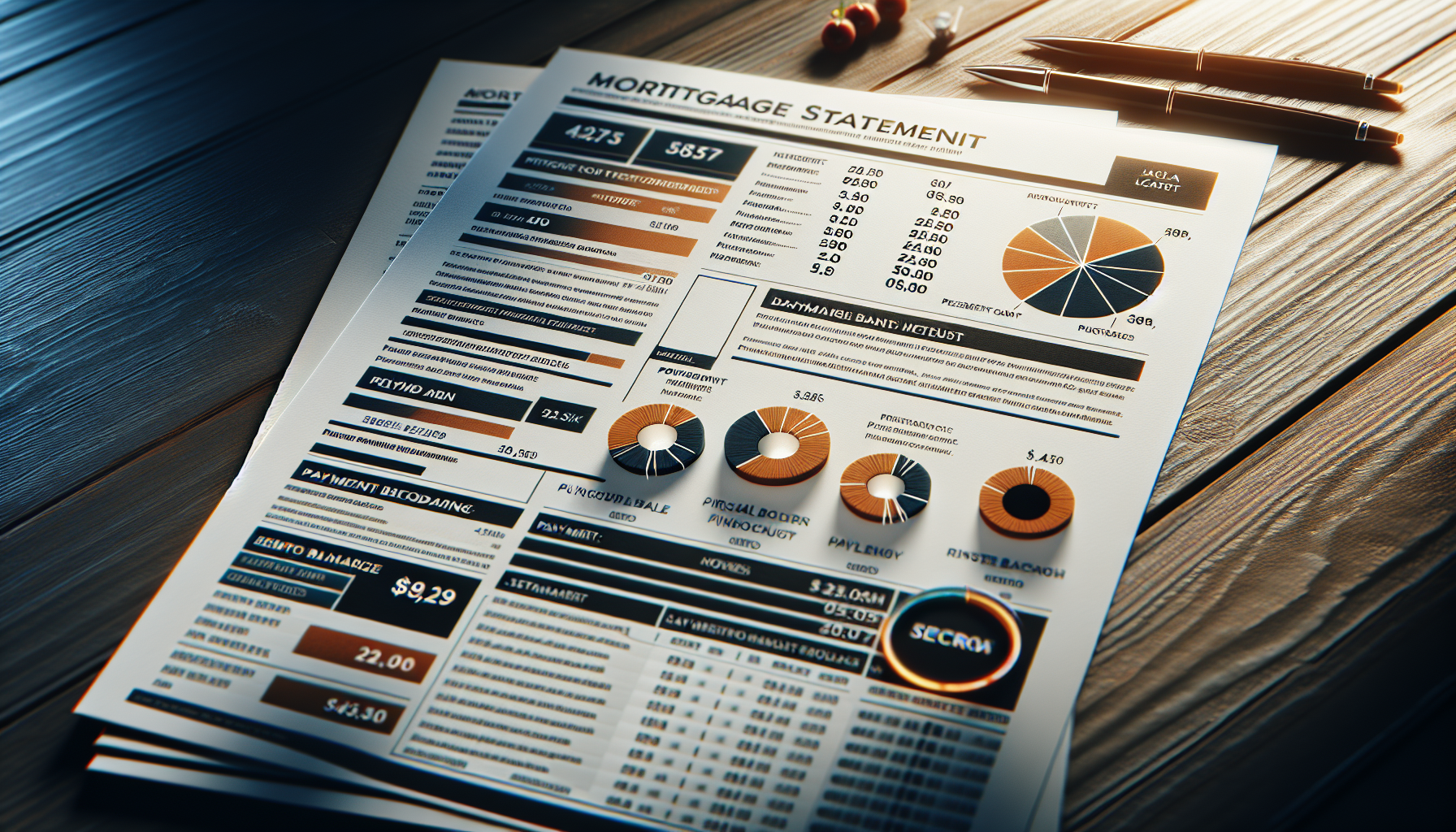Balloon payment mortgages are a unique type of home loan that offer borrowers short-term financing with low initial payments, followed by a large lump sum payment at the end of the loan term. While these mortgages can be attractive to certain types of buyers, they also come with significant risks and drawbacks that should be carefully considered before committing to this type of financing.
Understanding Balloon Payment Mortgages
A balloon payment mortgage is a short-term home loan that typically lasts between five and seven years. During this initial period, borrowers make low monthly payments, which can be either interest-only or a combination of interest and principal. At the end of the loan term, the remaining balance is due in full as a large lump sum payment, known as a balloon payment.
The appeal of balloon payment mortgages lies in their low initial payments, which can make homeownership more accessible for buyers who may not qualify for traditional mortgages. However, it’s essential to understand that these low payments come at a cost, as the remaining balance will need to be paid off or refinanced at the end of the loan term.
Types of Balloon Mortgages
There are three main types of balloon mortgages:
- No-payment balloon mortgage: Borrowers make no payments for a short period, usually five or seven years, during which interest accrues. The full loan amount is due at the end of the term.
- Interest-only balloon mortgage: Borrowers make monthly payments that cover only the interest on the loan. The principal balance is due at the end of the loan term.
- Balloon payment mortgage: Borrowers pay interest on a 15- or 30-year mortgage over a shorter timeframe, typically five or seven years. The remaining balance is due as a lump sum at the end of the term.
How Balloon Mortgages Work
Balloon mortgages have short loan terms, usually lasting between five and seven years. During this time, borrowers make low monthly payments, which can be either interest-only or a combination of interest and principal. As the loan term progresses, interest continues to accrue on the remaining balance, which can result in a larger final payment than initially anticipated.
At the end of the loan term, borrowers are responsible for paying off the remaining balance in full. This large final payment is known as a balloon payment, and it can be a significant financial burden for many borrowers. To handle this payment, borrowers may need to refinance the loan, sell the home, or have sufficient funds available to pay off the balance.
Who Benefits from Balloon Payment Mortgages?
Balloon payment mortgages can be an attractive option for certain types of borrowers, such as property flippers, real estate investors, and those anticipating a significant cash windfall in the near future. These mortgages allow borrowers to purchase a property with low initial payments, which can be advantageous for those looking to minimize their upfront costs.
However, it’s crucial to understand that balloon payment mortgages come with significant risks, and they may not be suitable for all borrowers. Before committing to this type of financing, it’s essential to carefully consider your financial goals, risk tolerance, and long-term plans for the property.
Advantages for Short-Term Homeowners
For borrowers who plan to own a home for only a short period, balloon payment mortgages can offer several advantages:
- Low initial payments: Balloon mortgages often have lower monthly payments during the initial loan term, which can make homeownership more accessible for buyers with limited funds.
- Faster loan payoff: With a shorter loan term, borrowers can pay off their mortgage more quickly than with a traditional 30-year mortgage, potentially saving on interest costs.
- Financing with bad credit: Some lenders may be more willing to offer balloon mortgages to borrowers with less-than-perfect credit, as the shorter loan term reduces the lender’s risk.
Risks and Drawbacks for Borrowers
While balloon payment mortgages can offer benefits for certain borrowers, they also come with significant risks and drawbacks:
- Default risk: If borrowers are unable to make the large balloon payment at the end of the loan term, they risk defaulting on the mortgage and losing their home.
- Slow equity build-up: With low initial payments, borrowers may build equity in their home more slowly than with a traditional mortgage, which can limit their financial flexibility.
- Market downturns: If property values decline during the loan term, borrowers may find it difficult to sell the home or refinance the mortgage to avoid the balloon payment.
- Refinancing challenges: Balloon mortgages are non-qualifying loans, which means they are not bought by major market makers like Fannie Mae or Freddie Mac. This can make refinancing more challenging, especially if the borrower’s financial situation has changed.
Alternatives to Balloon Payment Mortgages
For borrowers who are considering a balloon payment mortgage, it’s important to explore alternative mortgage options that may better suit their financial needs and goals. Some alternatives include:
Government-Backed Mortgage Programs
Government-backed mortgage programs, such as FHA loans and VA loans, can be an attractive option for borrowers with lower credit scores or limited funds for a down payment. These loans often have more lenient qualification requirements and offer lower monthly payments without the need for a large balloon payment at the end of the loan term.
| Loan Type | Description |
|---|---|
| FHA Loans | Government-backed loans that offer lower credit score requirements and down payments as low as 3.5%. |
| VA Loans | Available to eligible military service members, veterans, and their families, these loans offer competitive interest rates and no down payment requirements. |
| FHA Graduated Payment Loan | A government-backed loan with low or no down payment and gradually increasing monthly payments. |
Conventional Mortgage Options
Conventional mortgages, such as fixed-rate and adjustable-rate mortgages, can provide borrowers with more stable and predictable monthly payments over the life of the loan. While these mortgages may have higher initial payments than balloon mortgages, they offer a more secure path to homeownership and equity building.
- Fixed-rate mortgages: These loans offer a fixed interest rate and consistent monthly payments over the life of the loan, typically 15 or 30 years.
- Adjustable-rate mortgages (ARMs): ARMs have interest rates that can change over time, often starting with a lower introductory rate before adjusting based on market conditions. While these loans can offer lower initial payments, borrowers should be prepared for potential rate increases in the future.
Is a Balloon Mortgage Right for You?
Deciding whether a balloon payment mortgage is the right choice for your home financing needs requires careful consideration of your financial goals, risk tolerance, and long-term plans for the property. It’s essential to weigh the potential benefits, such as low initial payments and faster loan payoff, against the risks, such as default and refinancing challenges.
Before committing to a balloon payment mortgage, ask yourself the following questions:
- What are my short-term and long-term financial goals?
- How long do I plan to own the property?
- Am I comfortable with the risk of a large balloon payment at the end of the loan term?
- Do I anticipate any significant changes in my income or financial situation during the loan term?
- What is my outlook on the local housing market and property values?
Consult with a Financial Advisor
To make an informed decision about whether a balloon payment mortgage is right for you, consider consulting with a financial advisor or mortgage professional. They can provide personalized recommendations based on your unique financial situation, help you assess the risks and benefits of various mortgage options, and guide you in developing a long-term financial plan that aligns with your goals.
Thomas, a financial professional with over 20 years of experience in investments, corporate finance, and accounting, emphasizes the importance of seeking expert advice when considering a balloon payment mortgage. “With my background in managing portfolios, analyzing financial statements, and providing consulting services, I understand the complexities of mortgage financing and the potential risks associated with balloon payments. It’s crucial for borrowers to carefully evaluate their options and seek guidance from a trusted financial advisor before making a decision.”
In conclusion, while balloon payment mortgages can offer attractive benefits for certain types of borrowers, such as property flippers and real estate investors, they also come with significant risks and drawbacks. By understanding how these mortgages work, exploring alternative financing options, and seeking expert advice, borrowers can make an informed decision that aligns with their financial goals and risk tolerance. Ultimately, the best mortgage choice is one that provides a stable and secure path to homeownership and long-term financial success.
See also:
- What is a Wrap Around Mortgage: Everything You Need To Know
- What is a Partial Claim Mortgage? Understanding FHA’s Loss Mitigation Option
- What Is A Purchase-Money Mortgage? – Definition, Types, Benefits
- How to Assume a Mortgage from a Family Member – Tips and Guide
- How Mortgage Brokers Rip You Off: 5 Worst Ways Exposed








Leave a Reply